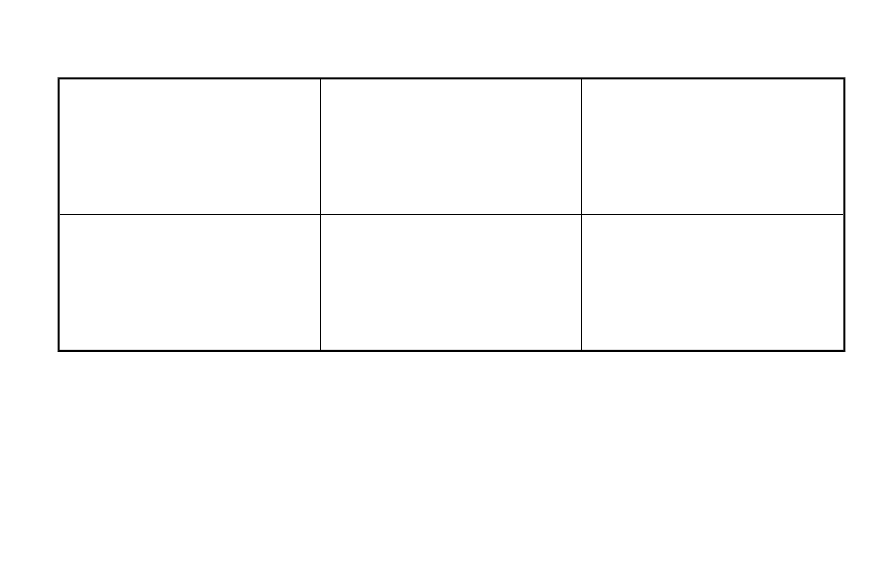Nissan Quest (2017 year). Manual - part 31

9-16
Maintenance and schedules
95,000 Miles (152,000 km) or 114 Months
Dealer Name:
Date:
Mileage:
Dealer
Stamp:
100,000 Miles (160,000 km) or 120 Months
Dealer Name:
Date:
Mileage:
Dealer
Stamp:
105,000 Miles (168,000 km) or 126 Months
Dealer Name:
Date:
Mileage:
Dealer
Stamp:
110,000 Miles (176,000 km) or 132 Months
Dealer Name:
Date:
Mileage:
Dealer
Stamp:
115,000 Miles (184,000 km) or 138 Months
Dealer Name:
Date:
Mileage:
Dealer
Stamp:
120,000 Miles (192,000 km) or 144 Months
Dealer Name:
Date:
Mileage:
Dealer
Stamp: